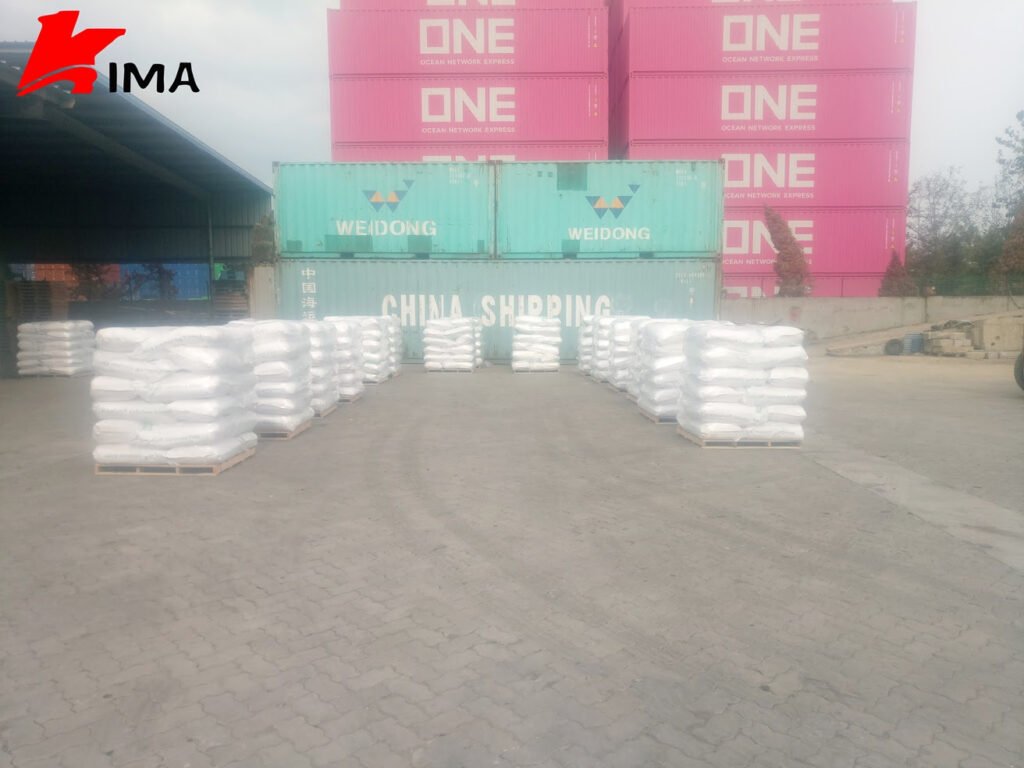
Hydroxy Ethyl Cellulose (HEC) is a versatile compound that finds its applications across various industries. From pharmaceuticals to cosmetics, construction to paints, HEC plays a crucial role in enhancing the performance of diverse products. In this comprehensive overview, we delve into the science behind Hydroxy ethyl Cellulose, exploring its properties, applications, and manufacturing processes.
Understanding Hydroxy Ethyl Cellulose (HEC)
HEC is a water-soluble polymer derived from cellulose, a natural polymer found in plant cell walls. The chemical modification of cellulose involves introducing hydroxyethyl groups onto the cellulose backbone, resulting in Hydroxy Ethyl Cellulose. This modification enhances its solubility in water, making it a valuable additive in various industries.
Properties of Hydroxy Ethyl Cellulose
- Water Solubility: One of the key features of HEC is its excellent water solubility, making it easy to incorporate into aqueous systems.
- Thickening Agent: HEC acts as an efficient thickening agent, imparting viscosity to solutions. This property is particularly beneficial in industries such as paints, where it helps achieve the desired consistency.
- Stability: HEC provides stability to formulations, preventing phase separation and maintaining the integrity of the product over time.
- Film Formation: In industries like cosmetics, HEC contributes to film formation, improving the adherence and longevity of products such as lotions and creams.
Applications of Hydroxy Ethyl Cellulose
- Pharmaceuticals: HEC is commonly used in pharmaceutical formulations, serving as a binder for tablets and providing controlled release properties.
- Cosmetics: Due to its film-forming and thickening properties, HEC is a popular ingredient in cosmetics, including shampoos, creams, and lotions.
- Construction Industry: In construction materials like cement-based mortars, HEC acts as a rheology modifier, enhancing workability and water retention.
- Paints and Coatings: HEC is employed in the paint industry to control viscosity, improve color acceptance, and prevent settling of pigments.
Manufacturing Process of Hydroxy Ethyl Cellulose
The production of HEC involves the etherification of cellulose through a reaction with ethylene oxide. This process results in the introduction of hydroxyethyl groups onto the cellulose chain, transforming it into a water-soluble polymer. The degree of substitution (DS) during the etherification process determines the final properties of the HEC product.
Kima Chemical: Your Trusted HEC Supplier
At Kima Chemical, we take pride in being a leading manufacturer and supplier of Hydroxy Ethyl Cellulose. With a commitment to quality and innovation, we provide HEC for a wide range of applications. Our products adhere to stringent quality standards, ensuring optimal performance and reliability.
Conclusion
Hydroxy Ethyl Cellulose stands as a testament to the fascinating intersection of chemistry and industry. Its diverse applications and unique properties make it an indispensable ingredient in various products we encounter in our daily lives. As industries continue to evolve, the science behind HEC remains a crucial element in enhancing the performance and functionality of countless formulations. For reliable and high-quality HEC, look no further than Kima Chemical.
For more information on our Hydroxy Ethyl Cellulose products, visit our website: Kima Chemical – HEC Products.
Hydroxy ethyl Cellulose – unlocking the potential of innovation in various industries.